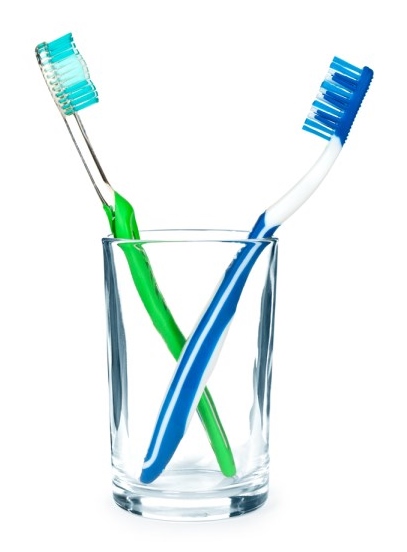PRINTED IN TCI WEEKLY NEWS
April 11th 2015
 You may have heard this word used by your dentist or in relation to oral health, but what actually is gingivitis?
You may have heard this word used by your dentist or in relation to oral health, but what actually is gingivitis?
Gingivitis means inflammation of the gums (gingiva) and is the most common and mild form of oral disease. According to the US Food and Drug Administration, approximately 15% of adults 21- 50 years old, and 30% of adults over 50 have gum disease. It is characterized by inflammation and bleeding of the gums.
If teeth are not regularly and adequately brushed, plaque is left to build-up on the teeth. This is the soft, sticky, white film that forms on the teeth when starches and sugars react with the bacteria that is naturally present in the mouth. Plaque buildup occurs between the teeth and gums, around faulty fillings, and near poorly cleaned partial dentures, bridges, and braces. If not removed within 72 hours, plaque will harden into calculus or tartar that cannot be removed by brushing or floss.
It is the bacteria in the plaque and/ or calculus that causes the gingivitis. The most common symptoms are the red, swollen and bleeding gums. Other symptoms can include tender, itchy or painful gums, receding gums and bad breath. However, it is worth highlighting that in the early stages of gingivitis there may not be any symptoms that the patient is aware of which is one of the reasons to attend regular dental appointments where the dentist can check. At this stage there is no loss of bone or tissue. However, if left untreated, gingivitis can progress to periodontitis, which is more serious and is associated with bone loss around the teeth, tooth mobility and can eventually lead to tooth loss.
The ‘good news’ about gingivitis is that it is a mild form of gum disease and can be reversed with daily brushing, flossing and regular professional cleanings at your dentist (usually every 6 months). Some people find that using an antiseptic mouthwash, alongside proper tooth brushing and flossing also helps. I recommend only alcohol-free mouthwashes.
Attention may be needed from your dentist to correct any faulty restorations (fillings) where plaque accumulates more easily or is more difficult to remove. Orthodontic patients with fixed brackets in place need a high level of cleaning as brackets and wires make cleaning more difficult and can easily accumulate plaque and food debris. If allowed to accumulate the combination of the plaque and the mechanical irritation of the brackets and wires can cause the gums to actually increase and grow up closer to the brackets. For these reasons, we recommend cleanings every 3 months for othodontic patients.